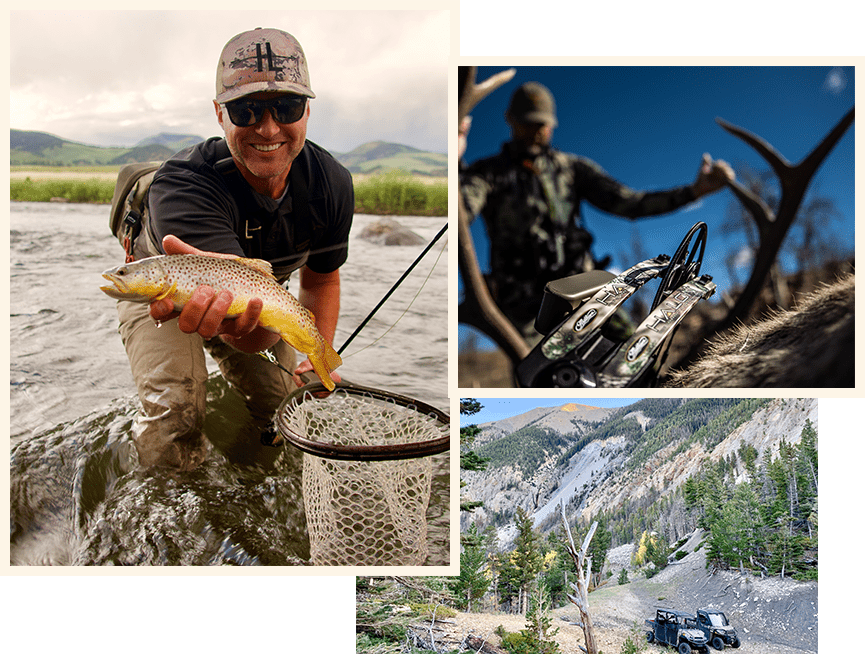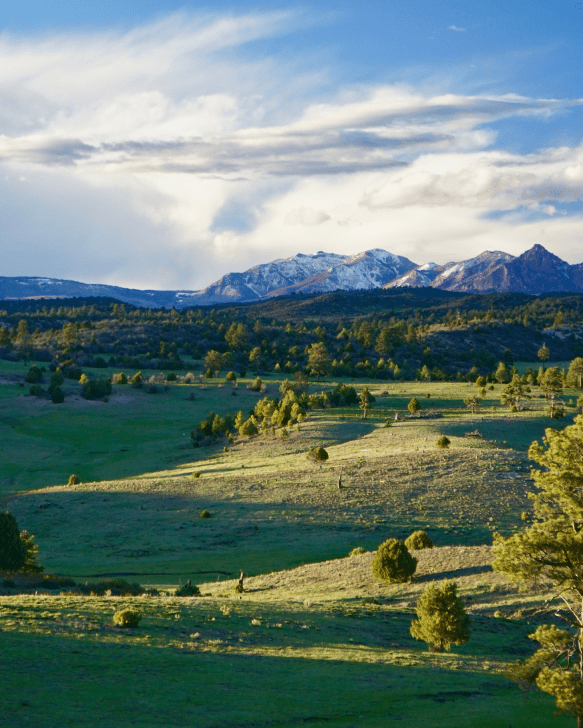Heads Up Cattle Ranchers – Calving Season Will Be Here Soon
Survey your calving facilities and prep your stamina. Colorado calving season will be here soon. What can you do now to get ready? Give yourself a heads up and review your pens, facilities, and systems. If you are new to cattle ranching, you’ll need more than a good checklist to be successful.
Calving operations certainly test a rancher’s determination. It’s hard but rewarding. Calving season tests you, the health of the herd, and your financial balance during calving season. So, let’s study up. Experienced wranglers on Colorado cattle farms and ranches nearby could share their stories of calving season. Every tidbit helps.
Prepare Calving Equipment and Environment Early
Examine the grounds for potential hazards. Go through your supplies. Check inventory. Clarke reminds us to gather equipment like cleaning supplies, lighting, tags, disposable sleeves, a calving jack, OB chains or straps, and we’ll need disinfectant, a tube feeder, towels, and tattoo equipment.
Safety issues can be minimized. Fix things like broken posts, loose wire, electrical wires, and old nails. Empty standing water. Move poisons and pesticides, including old batteries and metals. Scrutinize the environment and make it safe.
Best Animal Health for Reproduction
Cattle season logically coincides with breeding season. So, you’ve got a bit of nature on your side. To get started, we’ll assume you’ve got bulls and brood cows on your ranch. Their reproductive rate is substantially more important that their growth rate. The best reproducing animals also bring 10 times the profit, believe it or now.
A cow’s body condition matters. Afterall, it’s heads up time. Cattle ranches want to multiply during calving season. Hopefully, your herd came healthy and without reproductive diseases. But it’s good to doublecheck. Experts warn how disease like Campylobacter and Tri trichomonas cause problems. Dr. Ron Clarke of the Western Canadian Association of Bovine Practitioners cautions us. Watch out for health issues. Be aware of the signs. For example, calving could extend beyond two or three heat cycles. Also, there may be an unexpected number of open cows. And brace yourself. You might experience an erratic distribution of calves.
Testing and Diagnostics
Save yourself by investing in testing. Thin cows reproduce less than cows in good health. Mature cows reproduce best when their body condition score is 2.5 but heifers should have a score of 2.5 to 3.0 throughout the breeding season. Thin cows produce low quality colostrum, less vigorous calves, do not return to head and rebreed quickly, and they wean lighter calves. You’ll be much better off if you move quickly to diagnose every health issue that rears its ugly head. Cows carry pathogens in their gut and calving operations need to take great care.
Good Clean Habits
Colorado dattle ranchers need continuous systems. Ron Clarke recommends management options such as the Nebraska Sandhills Calving System. This system strives to clean up and start over every week. It reduces extended contact among calves who are so vulnerable to picking up diseases from the older cows by moving them to uncontaminated areas. One protocol is moving pregnant cows from the calving areas.
Health conditions can accelerate as calving season progresses. Cold damp conditions such as mud and snow accelerate pathogens and diseases like E. coli, crypto sporidia, coccidia and Rota and corona viruses. Vaccinate when necessary and keep the grounds clean, add shelter if possible. Basic sanitation, like the coronavirus protocol, could save you from scours and other pathogens. Set up handwashing stations around calving area, hopefully with warm water.
You’ll need to deal with sick animals but then you must disinfect yourself. Wash your hands, use disposable gloves, disinfect boots, change clothes, clean balling guns and esophageal feeders. Remember that disease can be rampant at auction markets. If you need to go there, be sure to completely clean your outfit when you get back.
No Overcrowding
Newborn calves need enough space to thrive. Do you have enough space for them? Animal separation controls disease. Cattle ranchers need to reduce the overcrowding that stresses the animals. When stressed, bigger animals can trample newborns. Also, Heifers seem to struggle with motherhood. They produce smaller amounts of lower-quality colostrum and so their calves face greater risks. They don’t need other animals interfering.
Improving Costs
Not long ago, Clarke wrote, “Everything else being equal, a two per cent improvement in reproductive efficiency lowers cost of production by $16.50 a head.” It’s probably more in today’s inflated U.S. economy. When cows miss a breeding cycle, ranchers lose 42 pounds in weaning weight.
According to Dave Lalman at Oklahoma State University, although weaning weights are flat in commercial cow-calf operations in the northern half of the country, there are other ways to improve costs. All things matter.
- Get going before calving begins. Approximately 90 days before calving season begins, adjust energy intake. Have the vet or agricultural extension specialist about the body condition scoring and nutrition through the last trimester of pregnancy.
- Before calving, prepare the facilities by cleaning and drying areas near shelter. If possible, use maternity pens with a head gate, crowding gate, and nursing panel.
- Protect against deadly effects of cold and hypoglycemia (low blood sugar) to save your herd. Early new calves will be most vulnerable.
- Enlist your vet to assure infectious and respiratory disease can be kept at bay by diagnosing problems early, especially in adult cows.
More Little Things that Can be Big
Calving is not the time to embrace one happy family of creatures. Outside animals can bring in unwanted diseases. Can you figure out ways to keep farm animals and birds away from the calving operations? Also lure the farm dogs and cats to other areas and away from the vulnerable calves. And then there are rodent. Ahead of time, try to eradicate rodents. You do not want any kind of biosecurity breaks in your healthy forcefield.
There you have it. Some tips to help prepare for the next calving season in Colorado and in the mountain states.
Cattle Ranches for Sale – Real Estate Agents
Late to the game? To learn about cattle ranches for sale in Colorado or in the surrounding states of New Mexico, Wyoming, Utah, or Montana, call Harrigan Land Company at 303-908-1101.


